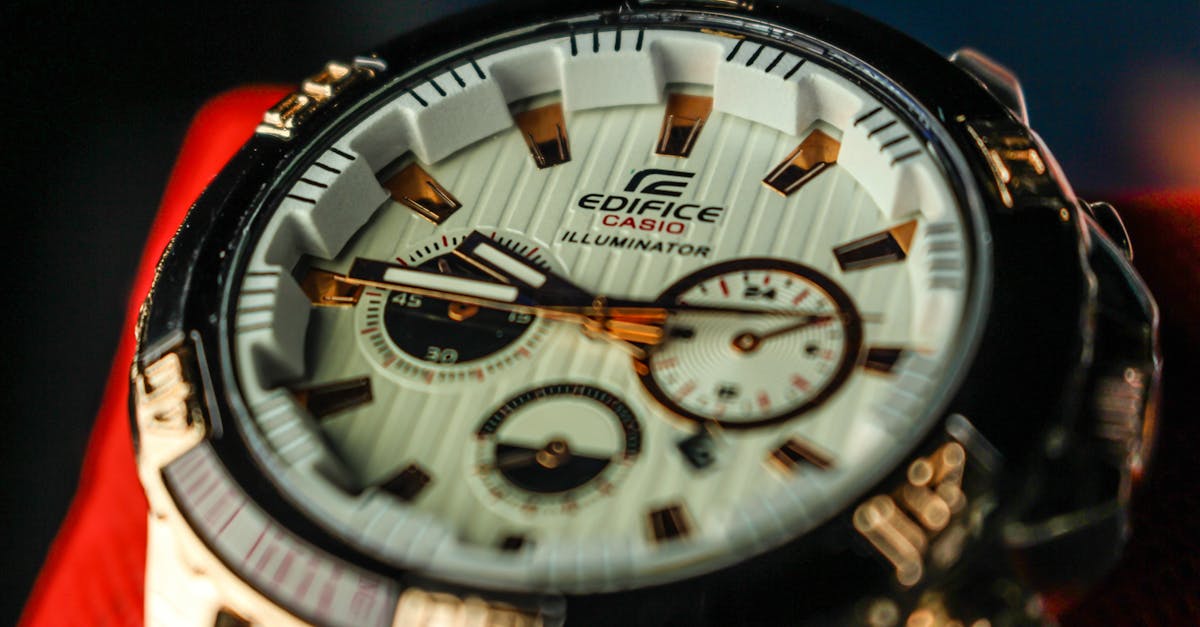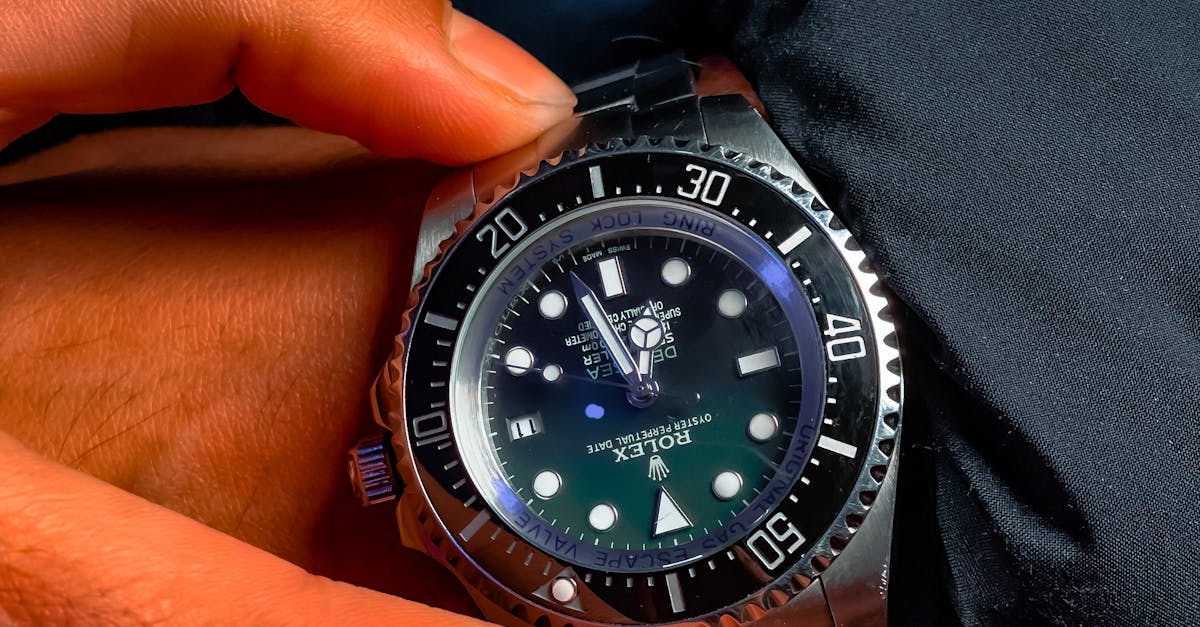The Art of Horology: A Journey into the World of Luxury Watches
The History of Luxury Watchmaking
The Swiss Legacy
Switzerland’s watchmaking history is a testament to the elegance and precision that define “Luxury Watches Mechanical Precision”. It boasts centuries of expertise, with Swiss watchmakers renowned for their meticulous craftsmanship. This legacy continues to anchor the global industry, setting an unmatched standard of excellence.

Early Innovations
Luxury watches have evolved significantly, marked by innovations like the balance spring and self-winding mechanisms. These advancements laid the groundwork for today’s intricate mechanical movements, synonymous with luxurious precision.
Masterpieces of Mechanical Precision
The Art of Watchmaking
Mechanical watch movement, as a hallmark of horological expertise, comprises small gears, miniature screws, and paper-thin springs. Brands like Rolex and Longines celebrate this art in every timepiece, embodying the symbiosis of science and aesthetics.

Materials and Innovation
High-quality materials such as gold and platinum are integral to luxury watchmaking. Alongside these, features like automatic winding and tourbillon mechanisms position these watches at the forefront of innovation.
The Role of Time in Luxury Watchmaking
Watches as Cultural Artifacts
Luxury watches transcend timekeeping, serving as cultural artifacts that reflect societal values. Historically embraced by royalty, they symbolize status and wealth.
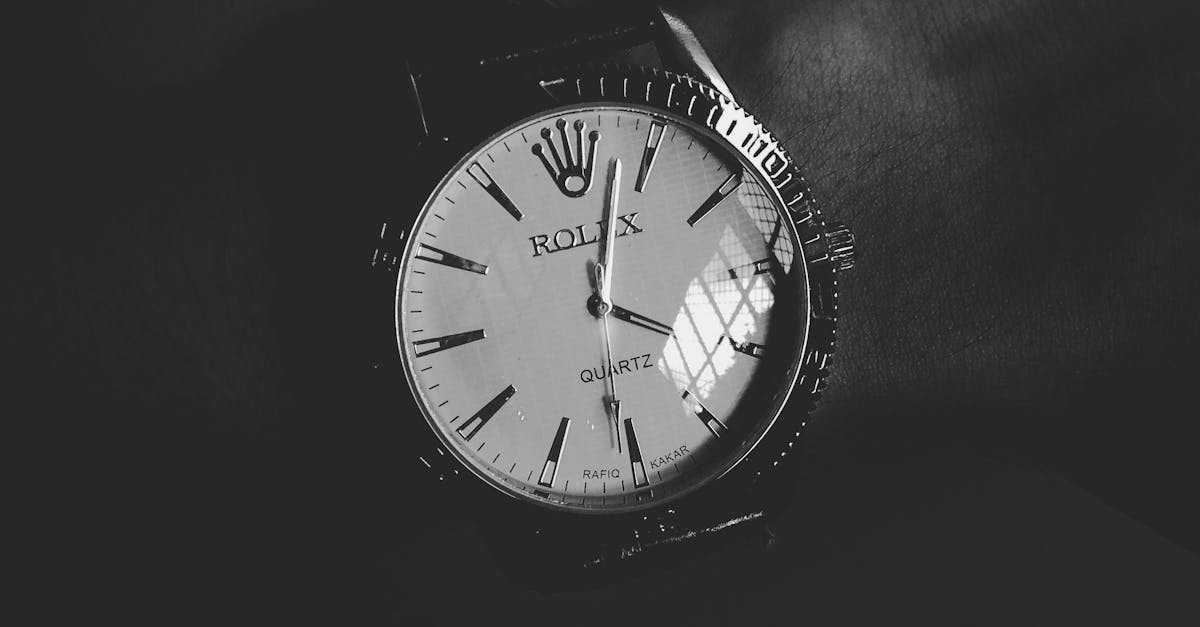
Time as a Symbol of Prestige
The allure of luxury watches lies in their capacity to signify success and sophistication. Wearing a luxury watch marks one as a paragon of taste and accomplishment, appealing universally to business leaders and celebrities alike.
Caring for Your Luxury Timepiece
Routine Maintenance
To preserve their value and function, mechanical watches require regular maintenance. Proper care includes routine cleaning, storage in dry places, and frequent winding if unworn.
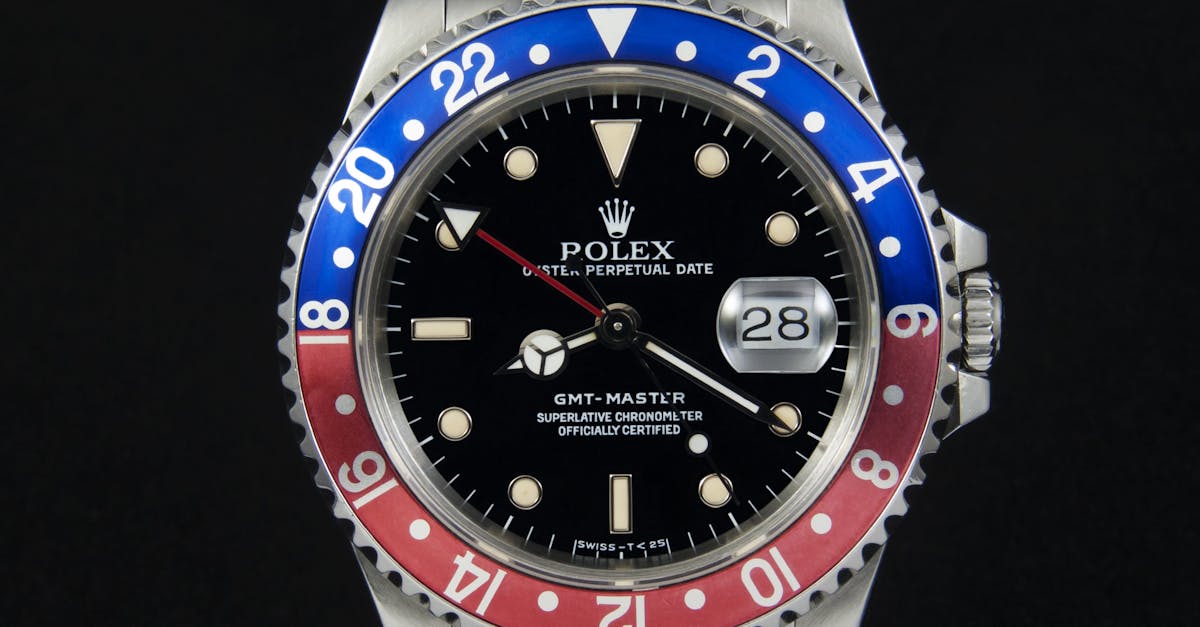
Professional Care
Every few years, seeking professional servicing helps maintain the accuracy and durability of these masterpieces. Professional care ensures that all components are cleaned, lubricated, and adjusted as necessary.
The Investment Value of Luxury Watches
Appreciation and Scarcity
Luxury watches often appreciate over time due to factors like scarcity, brand recognition, and craftsmanship. High-demand models can command significant market prices.
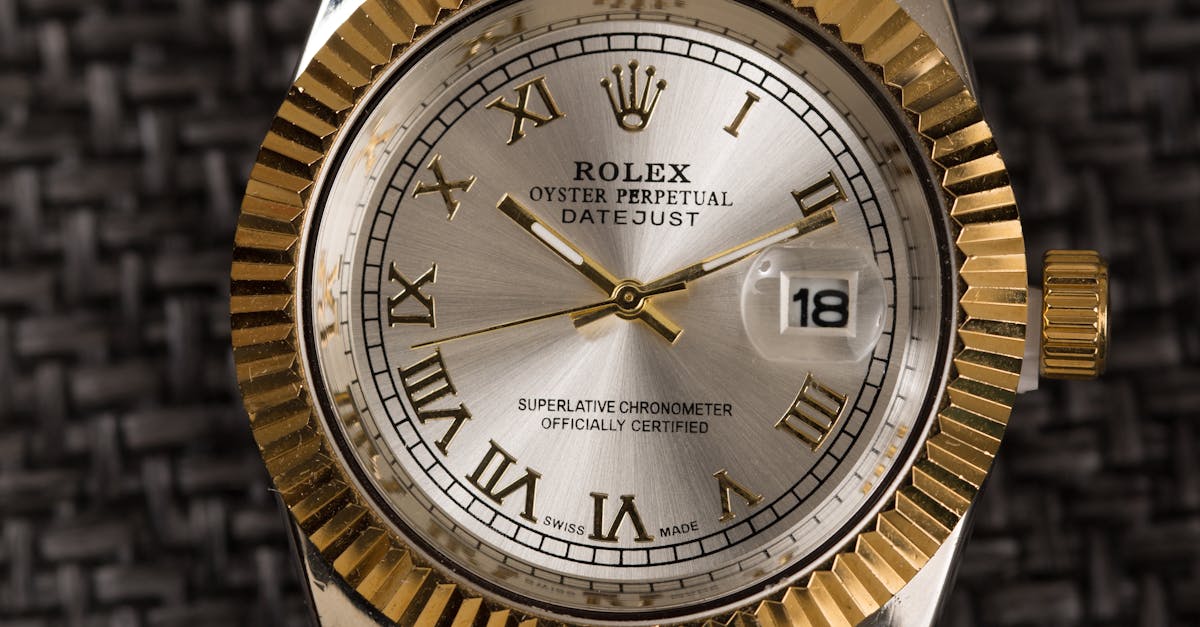
Investment Strategies
- Gain insights into the Rolex Brand, its significance guides investment decisions.
- Explore iconic brands through articles like Rolex: A Symbol of Timeless Luxury.
- Specialize in collecting limited editions or watches from renowned brands to enhance value.
The Future of Luxury Watchmaking
Technological Advancements
The emergence of smartwatches introduces new dimensions, integrating fitness tracking and notifications but preserving the essence of traditional horological artistry.
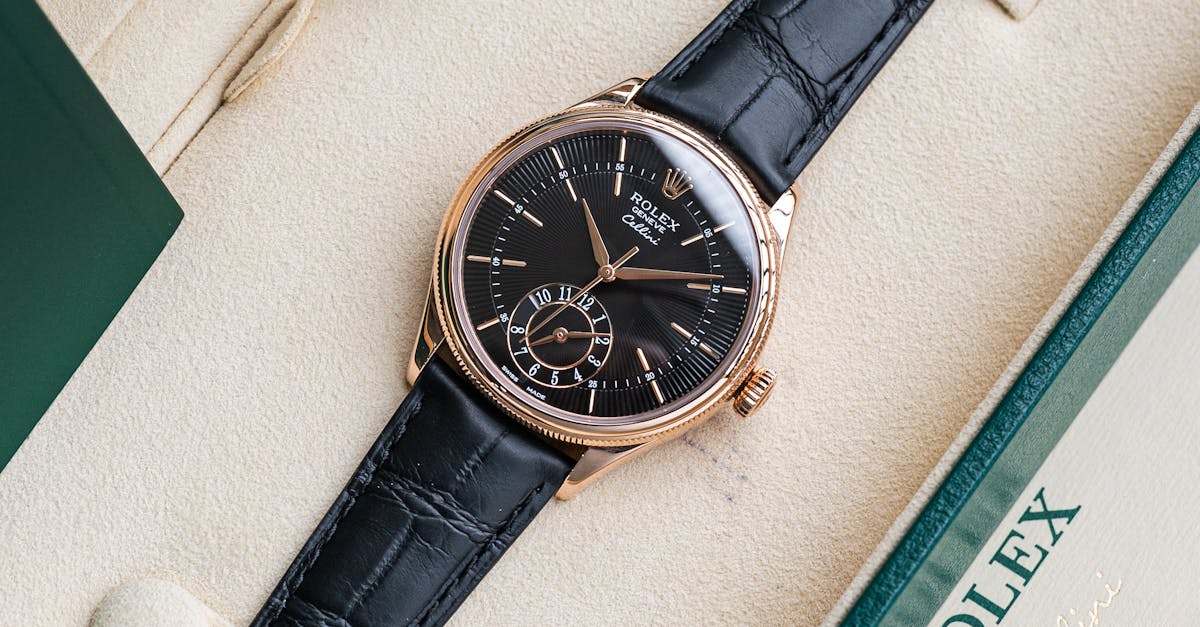
Sustainable Innovation
Watchmakers are increasingly adopting sustainable practices, using recycled materials and energy-efficient processes to comply with eco-friendly demands.
For more insights on sustainability and quality, read about materials that define Rolex quality or discover the best Rolex watches.
